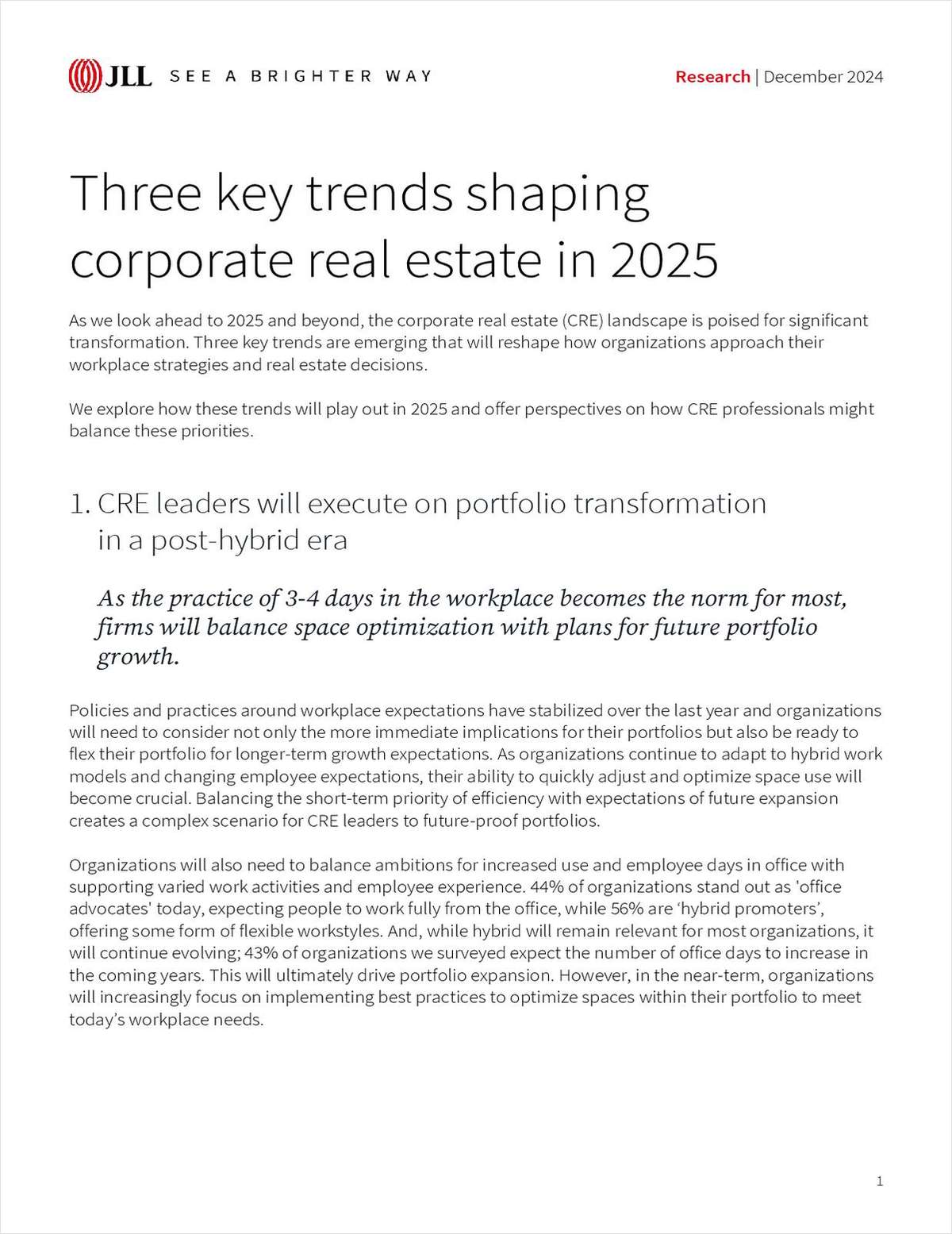MIAMI-Over the last 12 months, the South Florida multifamily market has seen a notable increase in sales activity and this trend is likely to continue through 2010, according to Calum Weaver, director of operations for the CBRE Multi-Housing Private Client Group in Miami. He points to Real Capital Analytics’ data that shows that in 2009, there were 45 trades totaling $550 million in the region. Sales transactions were up 48% and dollar volume was up 22% compared to 2008.
But not all sales wthat Weaver alludes to were traditional apartment sales. With multifamily units going back and forth between their incarnations as rentals and for-sale product, the lines between these two categories have become blurred in recent years.
Weaver notes that there were two types of multi-housing sales in 2009 in South Florida, traditional Class B assets and fractured condominium conversions. About 60% of the deals were traditional and 40% were in the latter category, he says.
In any cases, Weaver believes that this is a good time for investors to buy multifamily properties of various stripes. Although there haven’t been a lot of sales yet, he says, there are more buyers than sellers looking for multifamily units in South Florida to buy.
Although there are a lot of distressed units in South Florida, many banks have chosen to do workouts with the current borrowers rather than take over the properties and sell at a loss. “With values 30% to 40% off their peak values of 2006 and 2007, few lenders can rationalize taking losses rather than holding out for a better day,” says Weaver.
While multifamily properties may be hard to come by these days, says Weaver, once investors are able to purchase them, they can still get attractive debt through Freddie Mac and Fannie Mae, with loan-to- values as high as 75% in some cases.
Much of the shadow inventory created by new condominium projects has already had its effect, says Weaver, so it is causing less disruption in the rental market than it once it. Plus, some condominium renters are even moving back to traditional apartment buildings because they offer a more stable living environment, he says. In a condominium, the rental income that an owner receives is often not enough to prevent foreclosure.
Cap rates for well-located properties are down 50 plus basis points from their peak in the first half of 2009, says Weaver. “Borrowing 75% at a 5.5% interest (rate) on a 7 cap rate deal, would provide a buyer cash-on-cash returns of 7.5% with a 30-year amortization and 11.5% with interest only,” he says. These kinds of returns compensate investors who are waiting for their properties to appreciate, says Weaver.
Limited supplies of desirable multifamily properties are a boon to investors, says Weaver. “The number of pure apartment building units in South Florida is still 12% under the peak seen in second quarter 2003, because of condo conversions,” he says.
New construction has come to a virtual stop in South Florida, where less than 3000 apartments are under construction. One of the few developments under construction is the Alexan in Plantation with 481 units.
“With current rents in most South Florida submarkets below replacement costs, it could be several years before new construction begins. Even if new development starts earlier, years of supply constraints will have profound, positive effect on rents,” says Weaver.
Want to continue reading?
Become a Free ALM Digital Reader.
Once you are an ALM Digital Member, you’ll receive:
- Breaking commercial real estate news and analysis, on-site and via our newsletters and custom alerts
- Educational webcasts, white papers, and ebooks from industry thought leaders
- Critical coverage of the property casualty insurance and financial advisory markets on our other ALM sites, PropertyCasualty360 and ThinkAdvisor
Already have an account? Sign In Now
*May exclude premium content© 2025 ALM Global, LLC, All Rights Reserved. Request academic re-use from www.copyright.com. All other uses, submit a request to [email protected]. For more information visit Asset & Logo Licensing.








